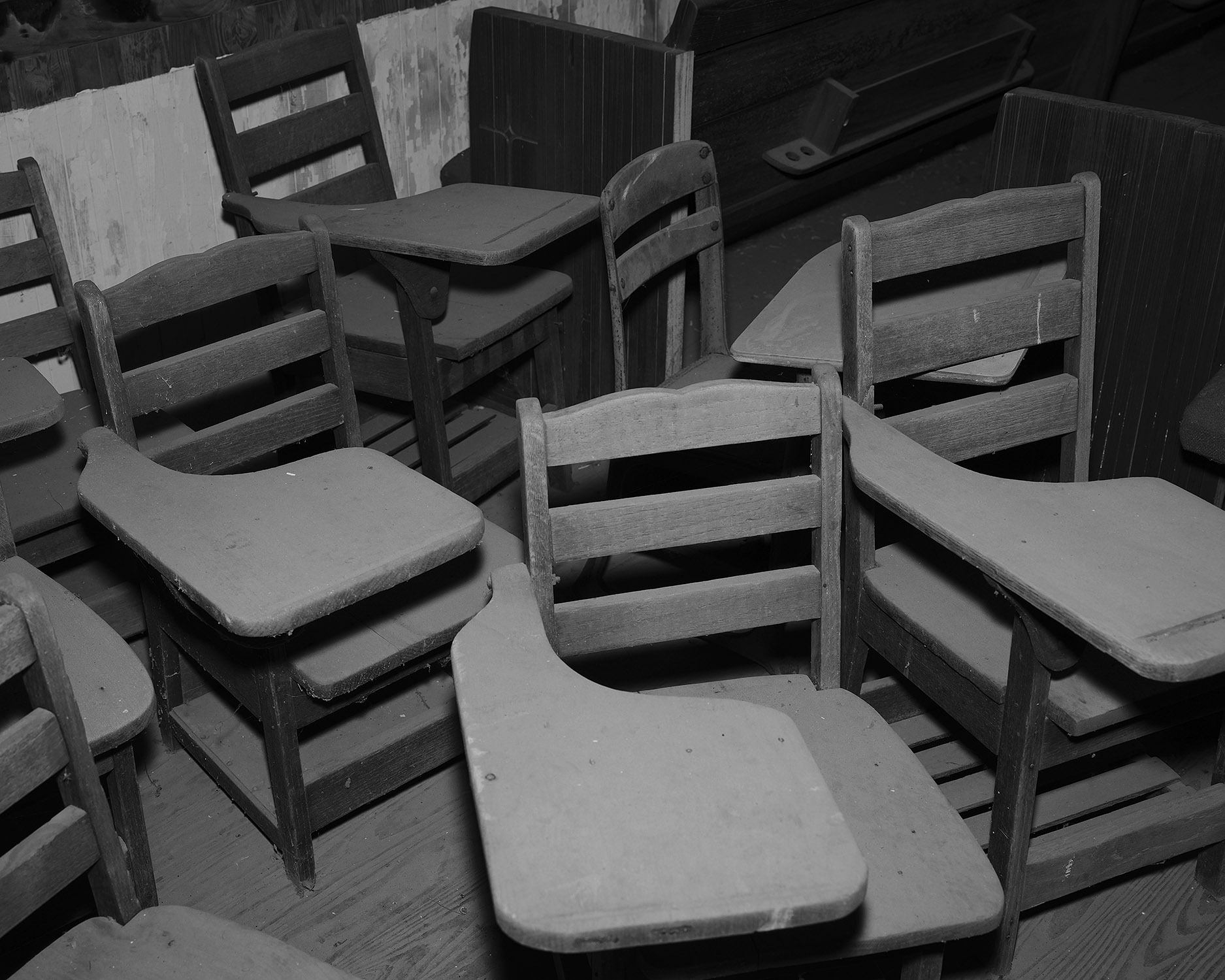10.26.20 – HALE, PERRY, & MARENGO CO.










Image 1-3: Freetown. In 1867 four black families received more than 600 acres of land in the will of John Collins, a planter who had migrated from Virginia to Alabama in 1837. Together they laid the foundations for Freetown, where for more than 60 years the community would be home to prominent teachers, masons, and carpenters. The population declined after WWII and today is home to less than a handful of families.
Image 4-5: Thomaston Colored Institute, Thomaston, Ala. An historic African American school completed in 1910 by the West Alabama Primitive Baptist Association, the Thomaston Academy was the only significant educational opportunity for the area’s black population for decades. The building has been abandoned since the 70’s and was included on the Alabama Historical Commission’s Places in Peril in 2000, the same year it was placed on the National Register of Historic Places.
Image 6: Perry County Jail, where SCLC organizer Rev. James Orange was held for “contributing to the delinquency of minors” by enlisting them to work in voter registration drives and singing freedom songs at the courthouse. Orange’s incarceration sparked fears that he would be lynched, and a protest march was held, during which an Alabama state trooper James Fowler fatally shot nonviolent protester Jimmy Lee Jackson. More than 40 years passed before Fowler was indicted for the murder.
Image 7: Coretta Scott King Memorial Highway
Image 8-9: Scott’s Grocery, once owned and operated by Coretta Scott King’s father, Obie Scott. The Scott’s lived next door to the store, and the house is where Martin Luther King, Jr. was first introduced to Coretta’s family the weekend they were married in nearby Marion. The couple spent their wedding night in the back of a mortuary because the hotels in the area served whites only.
Image 10: Road sign, Heiberger
+++++